Your cart is empty.
Continue browsing
One promo code per order. Offers cannot be combined.
- Fast Shipping
- 30-Day Money-Back Guarantee
- Hassle-Free Warranty
- Lifetime Customer Support
30-Day Money-Back Guarantee
Hastle-free Warranty
Shopping Cart (0 items)
Great choice! Continue shopping or proceed to checkout. Spend €99 more for free shipping
Your cart is empty.
Continue browsing
One promo code per order. Offers cannot be combined.
Posted by QiJudy on
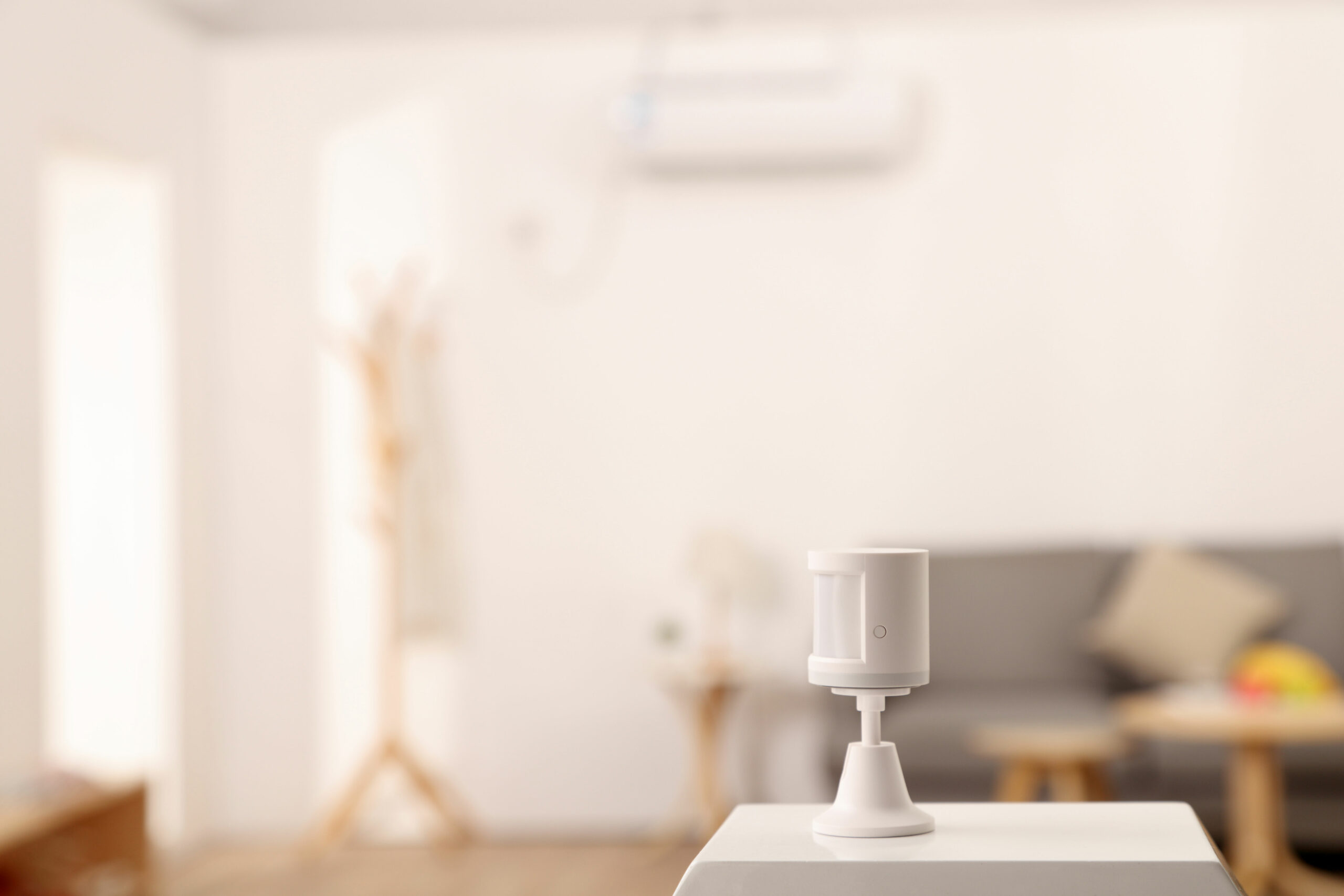
Ensuring the safety of your home is important, especially when you have a family to protect. With advancements in technology, keeping your home safe from unwanted visitors is easier than ever.
Installing a security system, including motion sensors, is the best way to create a safe environment that offers peace of mind to homeowners.
In this article, we’ll dive deep into what a motion sensor is, how it works, its different types, benefits, and everything you need to know.
Many people don’t understand how a motion sensor works. A motion sensor is an electronic device that detects movement within a specified area. It operates by sensing changes in infrared radiation, heat, or sound patterns, triggered when an object, person, or animal enters its coverage zone.
Regarding home security, motion sensors play a pivotal role by promptly alerting homeowners or security systems to potential intrusions.
This real-time detection enables swift responses, such as activating alarms, sending notifications, or even triggering lights to create an illusion of occupancy. Motion sensors act as a crucial layer of protection, fortifying homes against unauthorized access and enhancing overall security measures.
The market offers various types of motion sensors, each employing distinct mechanisms to detect movement.
Additionally, there are also smart cameras equipped with motion detection algorithms, which identify movement through video analysis. These can differentiate between humans, animals, and other objects. Some sensors are designed for specific environments, like outdoor use, and are weather-resistant.
Overall, the choice of motion sensor depends on factors such as accuracy, sensitivity, coverage area, and potential interference. Homeowners often select a combination of sensor types to ensure comprehensive coverage and minimize false alarms.
You may be wondering, “What does a motion sensor do?” A motion sensor detects changes in its surroundings, typically through infrared radiation, sound waves, or microwaves. When an object, person, or animal enters the sensor’s field of view, it disrupts the established pattern.
This disruption triggers the sensor to send an electrical signal, prompting an alarm, notification, or other desired action. The sensor’s ability to recognize these alterations enables it to swiftly identify movement and contribute to home security by alerting occupants or automated systems to potential intrusions.
Motion sensors offer many advantages when integrated into your home security system. Some of these include:
Motion sensors serve as a proactive line of defense against unauthorized entry. They promptly detect and alert homeowners to movement within the monitored area, enabling swift responses and potentially deterring intruders before they breach the premises.
Motion sensors can control lighting and other devices based on occupancy. Lights, for instance, can automatically turn on when someone enters a room and turn off when no motion is detected. This efficient usage of energy not only lowers utility bills but also supports environmental sustainability.
Modern motion sensors incorporate advanced technology that can differentiate between the movement of humans, pets, and other objects. This reduces the likelihood of false alarms caused by pets, swaying plants, or other non-threatening disturbances, ensuring that genuine threats are accurately identified.
Motion sensors can be part of a home automation system, enabling seamless integration with various smart devices. They can trigger actions like adjusting thermostats, activating security cameras, or even playing music upon detecting motion.
Motion sensors contribute significantly to the peace of mind of homeowners. Whether you’re at home or away, knowing that your property is being monitored and that any unusual activity will be promptly brought to your attention enhances your overall sense of security and well-being.
Strategic placement of motion sensors optimizes smart home security. The most popular place to install them is at entry points like doors and windows. This will help deter potential intruders and unwanted guests. Pace other motion sensors in your hallways and near staircases to cover major movement routes within the house.
Additionally, place them near valuables or sensitive areas around your home, such as the master bedroom or home office. Outdoor motion sensors around the perimeter can trigger lights and cameras, discouraging unauthorized access. It’s essential to consider installing motion sensors inside garages and basements too.
Avoid placing motion sensors in areas where pets frequently play to prevent false alarms from going off. Ultimately, a well-distributed network of motion sensors ensures comprehensive coverage, minimizing blind spots and providing effective detection for a secure home environment.
Aqara smart motion sensors excel with precise human detection, pet immunity, and seamless integration into smart home ecosystems, bolstering security and automation with reliability. Below are some of Aqara’s motion sensor products.
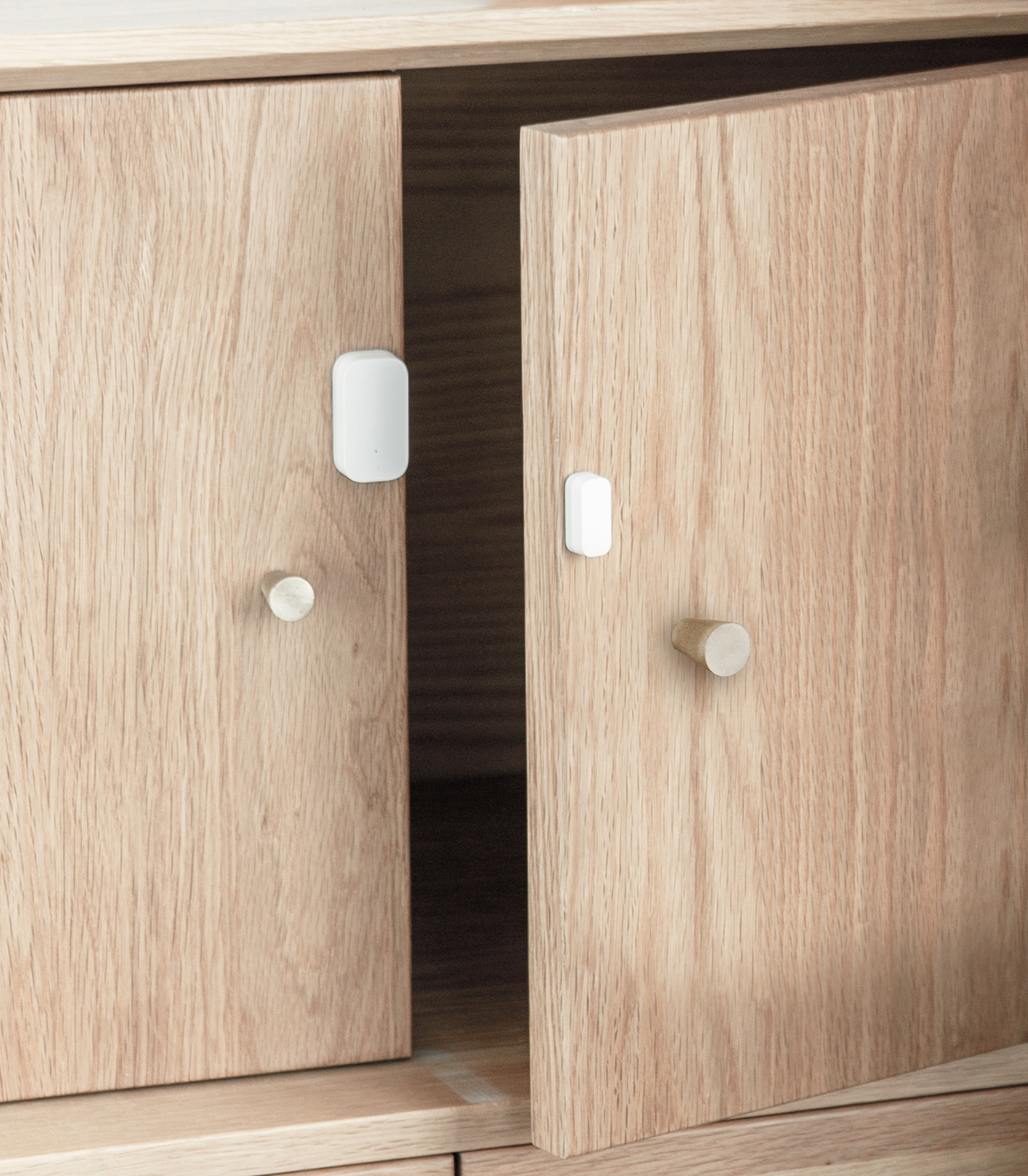
The Aqara Door and Window Sensor identifies the opening/closing status of doors or windows by measuring the distance between internal magnets. Additionally, it boasts energy efficiency, with a single battery enduring over two years of typical use.
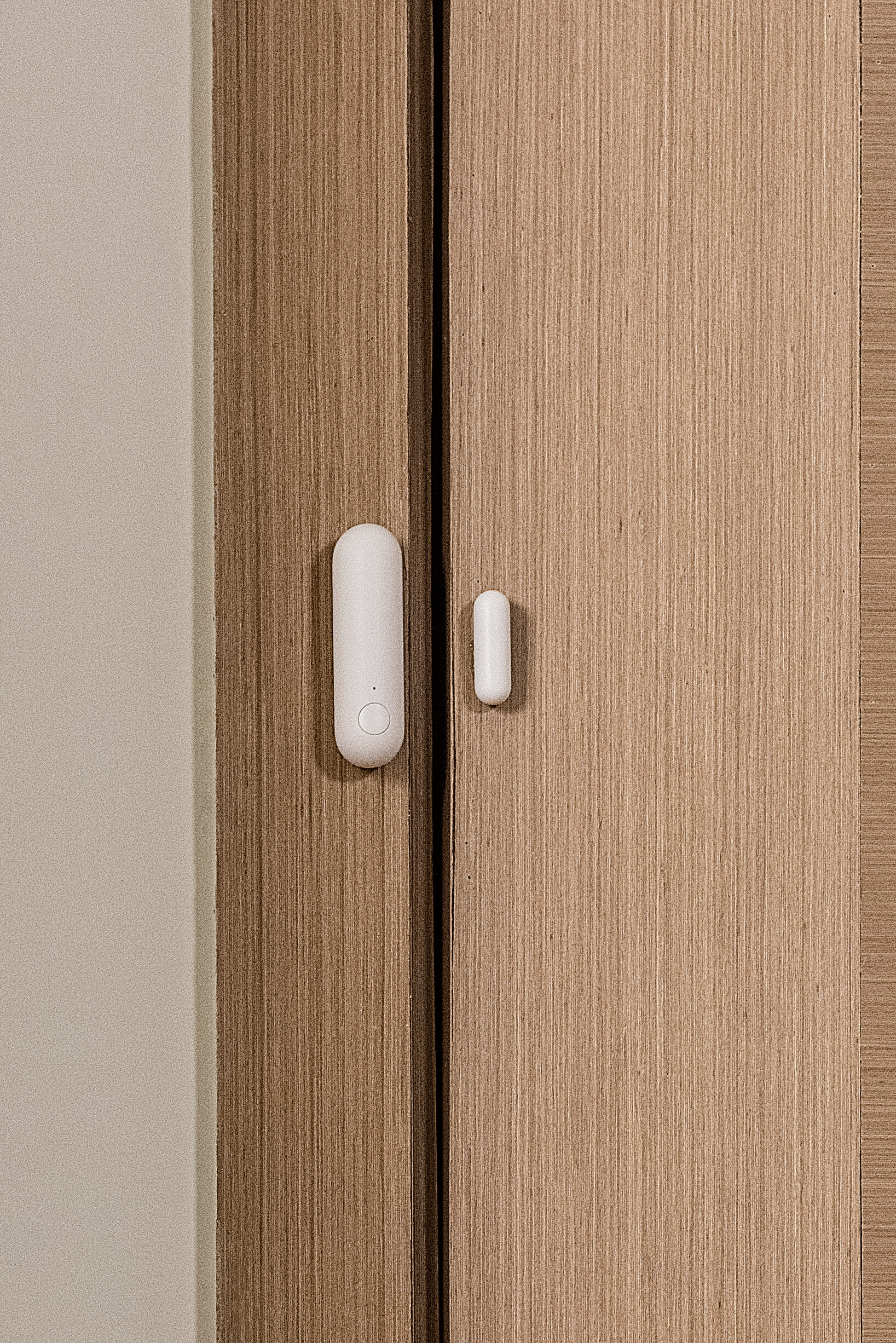
Among the pioneers in Matter support, the Door and Window Sensor P2 seamlessly links with Apple Home, Google Home, Amazon Alexa, Samsung SmartThings, and soon Aqara Home. This connectivity, facilitated by the Matter-compatible Aqara Thread border router, cultivates diverse smart home setups, functioning entirely within your local network.
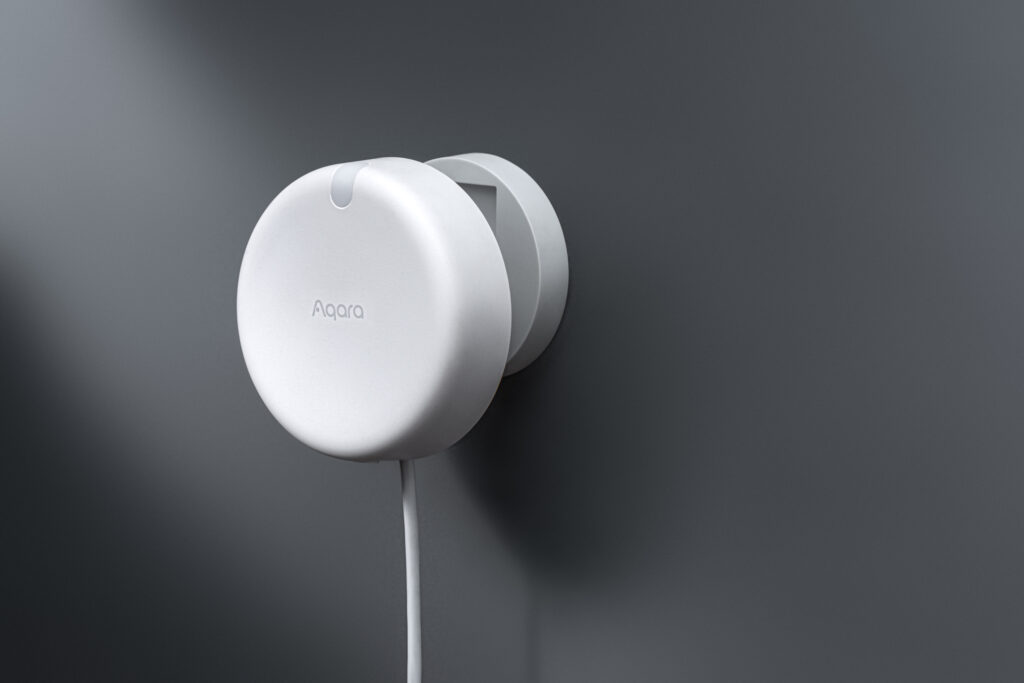
Utilizing a lone radar sensor, the Aqara Presence Sensor FP2 surveils rooms up to 430 square feet. Dividing each room into 30 zones aids in distinguishing activities within specific areas, such as beds, sofas, or desks. Simultaneously, it adeptly tracks up to five individuals at once.
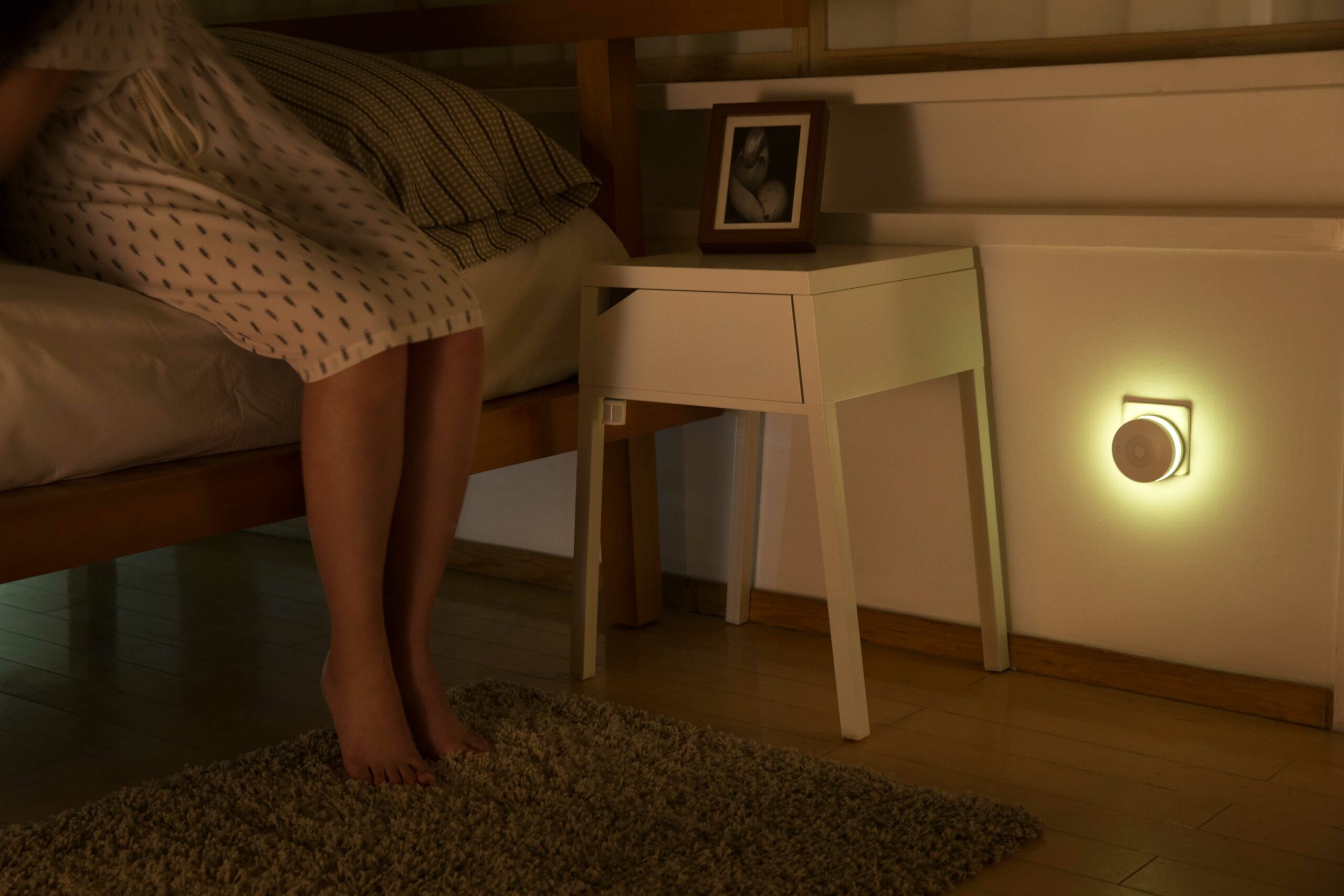
With the Aqara motion sensor, you can install it anywhere effortlessly. No tools are needed. Employ the sensor stand and adhesive to position the motion sensor according to your preference. The stand offers 360-degree rotation, enabling effortless detection angle adjustments.
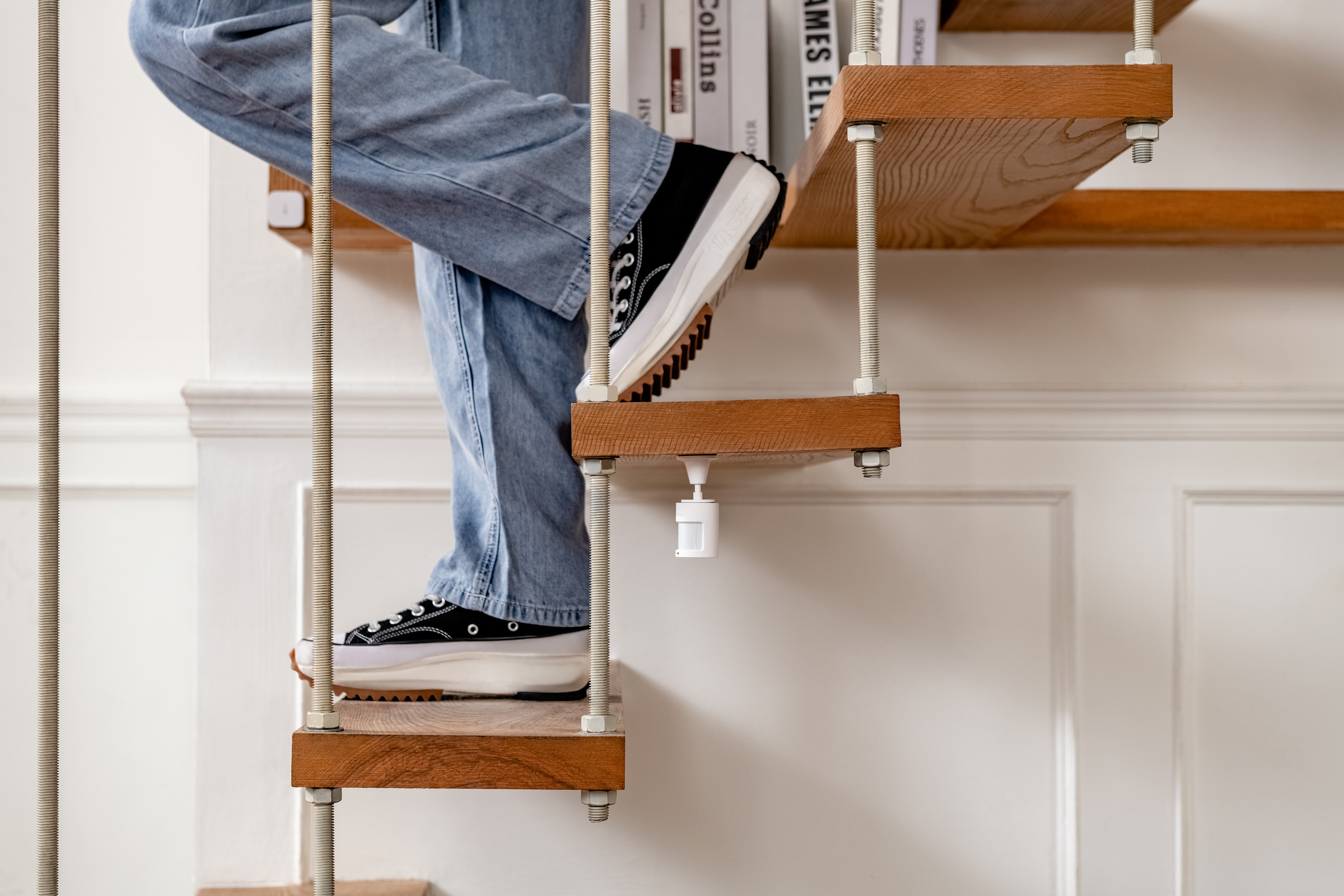
The Aqara Motion Sensor P1 identifies human movement and changes in ambient lighting. When individuals move within the detection area or lighting conditions alter, the sensor alerts the Aqara Home app through the connected Aqara Zigbee 3.0 hub. The view angle and detection distance are customizable for flexibility.
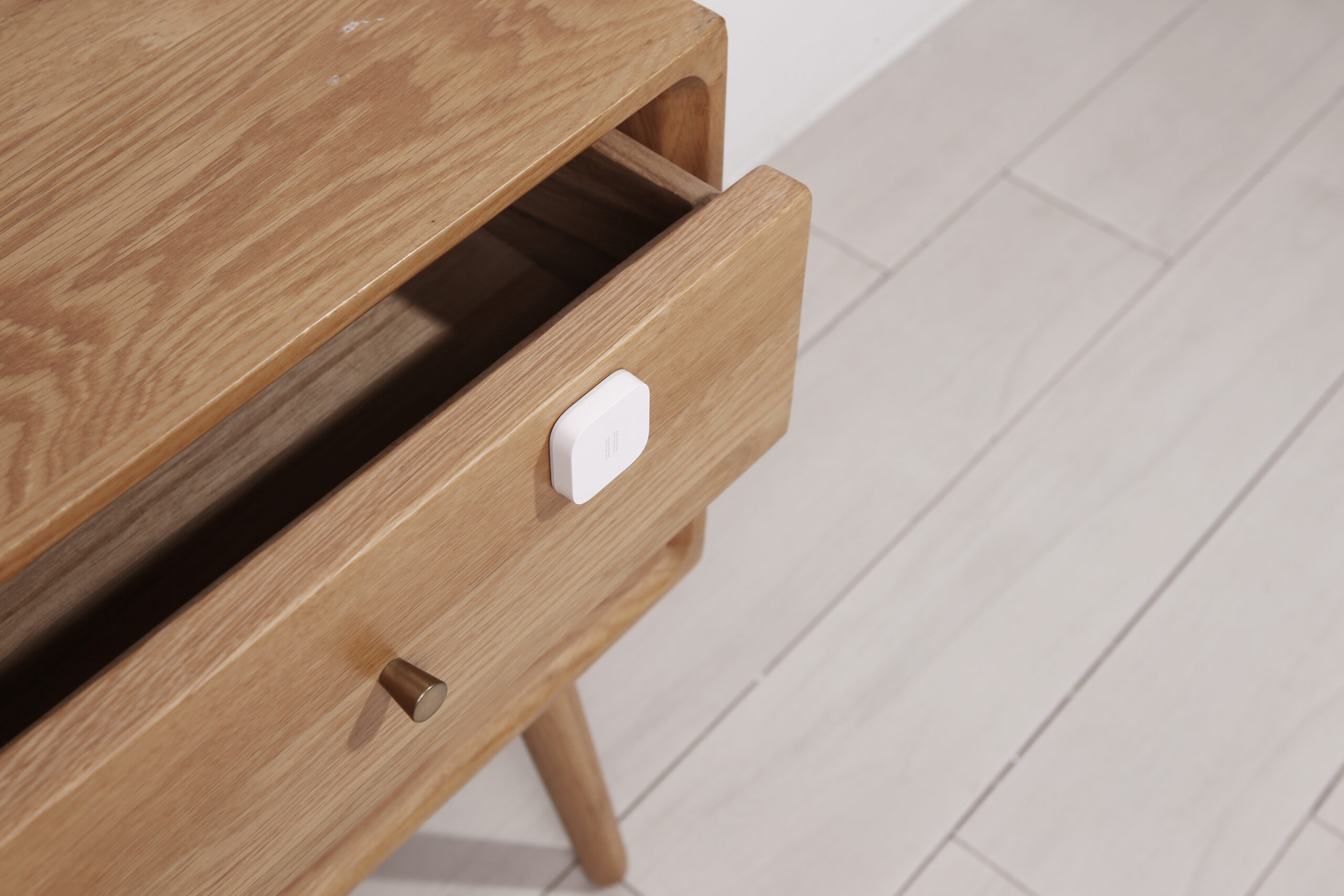
Empowered by ZigBee technology, the Aqara Vibration Sensor is a smart sensor designed to promptly detect and report vibrations, tilting, or drops, ensuring immediate home protection.
READ MORE: The Best Smart Window Sensors
Motion sensor costs vary depending on brand, features, and technology. Basic Aqara models can start around $20, while more advanced options with pet immunity, smart integration, or larger coverage areas may range from $30 to $100. Specialized or outdoor sensors might be higher in price.
For all your smart home needs, including motion sensors and an array of intelligent devices, here’s where to buy your own Aqara device.
As a reliable smart home device provider, Aqara offers a range of high-quality motion sensor products designed to enhance your home’s security and automation.
Elevate your smart home experience with confidence and innovation with us! Products can be found at many online retailer websites including Amazon, The Home Depot, Newegg, and Adorama.
Confused by smart home protocols? Learn Zigbee, Wi-Fi, Thread and Matter from here, choose the best for your needs.
Stairway safety starts with light. Discover the best motion sensor lights and how to automate them with Aqara for fail-proof illumination.